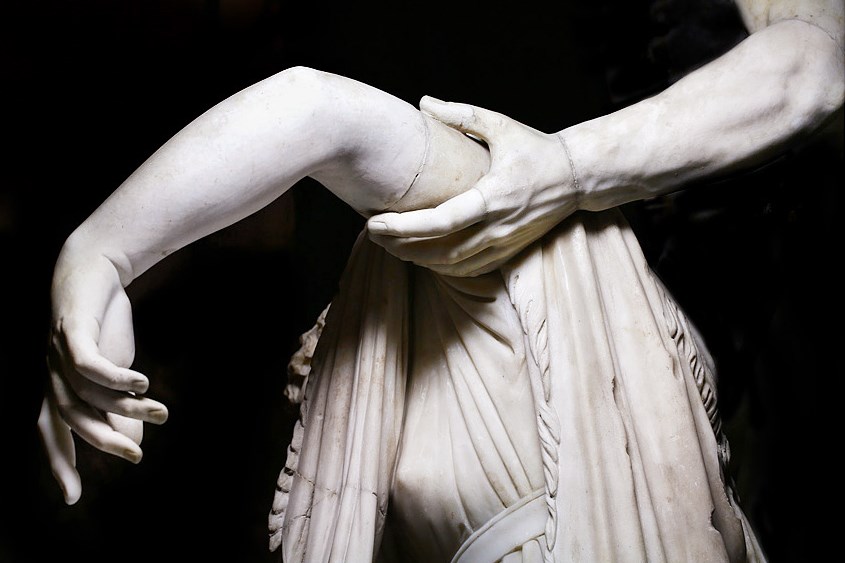 C’était à Mégara, faubourg de Carthage, dans les jardins d’Hamilcar”…
C’était à Mégara, faubourg de Carthage, dans les jardins d’Hamilcar”…
Gustave Flaubert
I Met Olivier Roller, French photographer, in Rome in the splendid setting of the National Roman Museum in Palazzo Altemps, an artist of incomparable depth. The works created site specific, are a real ongoing dialogue between the Roman sculpture and contemporary photography. Roller is an experienced realist portrait painter of contemporary photography has chosen Rome to present 18 works “Image of Power.” Are the portraits of the powerful of the world today and yesterday: Claudia Schiffer and Julius Caesar, Jeanne Moreau and Louis XIV, the emperor Augustus and the senior officer of the French armed forces Jean Bernard: A study and endless search anthropological-philosophical social. He want to leave a cultural background on which to think. We feel the artist behind his shots.
Roller plunges us into a continuous journey through past and present, future and past, full of emotions about which enhances the true essence of man and his existence. A lot of reflection on its real needs, an exploration into daily life through different perspectives. Portraits where the light explodes from behind the sharp and distinctive look and running through the photographs.
For Roller photography becomes construction of memory, as well as communication and social action tool. They are fundamental majesty and his ability to seduce but also fading. The human being must feel naked, in its simplicity, to express the truth and reveal it through his eyes and be told to the public in order to appropriate the image and to make it their own. Roller tries to get out of the standard fees and rearrange through photography public and private memory.
1. How to start your artistic career?
I started as a photographer for the press working for the larger European newspapers, an ambitious photographic policy, especially in France. My frustration was born there because the people who were photographing people communication, had to sell their image, and suddenly I wanted to make shots when they took away their mask in front of the shot, the naked put them in front of my lens. To be affected by their humanity. I must change that, then I started contacting the great power to get them to come to me to study, and almost all are. It all begins in 2008, when the project on power, the Louvre approached me telling me to make it happen if I was interested in working with Hollande and Sarkozy than 2000 years ago like the Roman emperors. Then for six months, I had every Tuesday the possibility of being in there the Museum of Louvre, face of all the statues, I could inspire more and I love the statues.
In the expo in Rome, I comparing the power today to the history of power, so a 2000 years ago, between antiquity, the Middle Ages, sovereign power. The history and today faces, as politicians, intellectuals etc. … so I photographed, I wonder what they have in common? Well, the important thing is that you may not know where you go and if you do not know where we come from.
2. How much importance by the time?
Time is the fear of man, because time is death. We are all afraid of death, but the people that take power more than ever. They try to ward off the terror doing what they do, making oil King of communication, and finance, saying when they are dead will did this or that, but in the end nothing remains, nothing remains. The period of the Roman Empire is formidable! However, if we talking about the Second Empire only some pieces of marble ruins rest here. These ruins are our present today. It starts from the ruins to create in Rome as elsewhere the buildings, neighborhoods, in Europe to create a subsidiary, and the second relationship I have with time is personal, as he said Saint’ Augustin time is lying “I know what it is the time, but when they ask me I can’t explain it. A regular time as Proust says in his book in search of lost time” longtemps, je me suis couche de bonne heure – a long time, I went to bed betimes. “ Like the photograph exactly. All my photography are summed up in this phrase of Proust, it seems a trivial but powerful sentence, every day we can think about it. The photography is an action that stops the clock in this fast-paced + company Internet where everything is flattened at the end of the day we have seen thousands of pictures but we do not remember, we do not have a crystallization of the image in our memory. The photograph is the act that can stops time, this is my job, as literature and poetry. It covers only a sense that the view and all the other senses imagine what could be inside of those images, in addition, what happened in this photo. It is terrific to hear the comments of the people who look at my photos; they try to steal the image photographed by making it his own.
3. In your artistic career to draw a completely personal style, the strength, the power goes out in all your works, what is relevant today?
Making a portrait is bringing out the power from those who have. For me, it is important the force that strength from the person who is in front of me. Power is something good; you have to bring the person into the unknown. Nowadays artists do not treat it, but I would like to leave a trail through my photos of power in this century, and I try to stop time. They are like Tom Thumb leaving small stones on the road with my pictures.
4. Portraits of ancient and modern history, and how you define your work?
Clean, I would say. When one looks at the person while being much focused, cannot well only on the face but also on the boundary, which makes us, distracted, the field is wide. Well, I am trying to eliminate that surplus, isolate the character of its decoration. Photographer face as long as the audience can see it in its purity. Good photo are when I can bring out the truth, the fragility, where everything is possible. The naked human being in front of the human being, provided that the public can admire it, I show what I feel and I see it. When one looks through the lens you can have subjectively, everyone has a personal vision. I tell you something that escapes me and the person I photograph, everything is possible, once I was doing a portrait of a powerful woman, and while I was doing a few clicks you are vacated, as when you make love, being social no longer exists, we are as naked facing each other, like Adam and Eve.
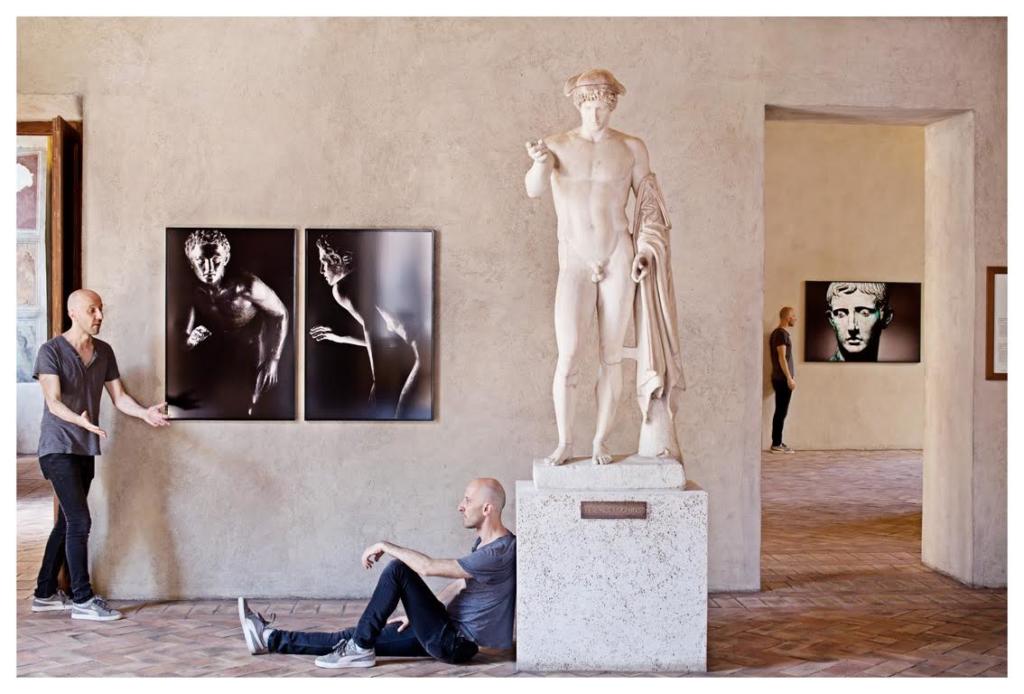 5. You go on with your experience … speak us about the light in your works?
5. You go on with your experience … speak us about the light in your works?
Photography is light, important that there is always a continuous light. Light came really from the person or from object I photograph, this is my idea. I do not seek a light that illuminate but to dress, as if it came from the person’s skin rather than rest on her. I try to make even human statues, in transparency. I use the kitchen neon, simple, continuous light.
6. The color in your photos … why?
I only work with color. I am Use simple machines, we step for each photo 100 hours minimum, and I try to make even the marble contemporary. The images change, but remain simple. According to the light of day and night, the picture changes color and image changes with. I have to take time with my work.
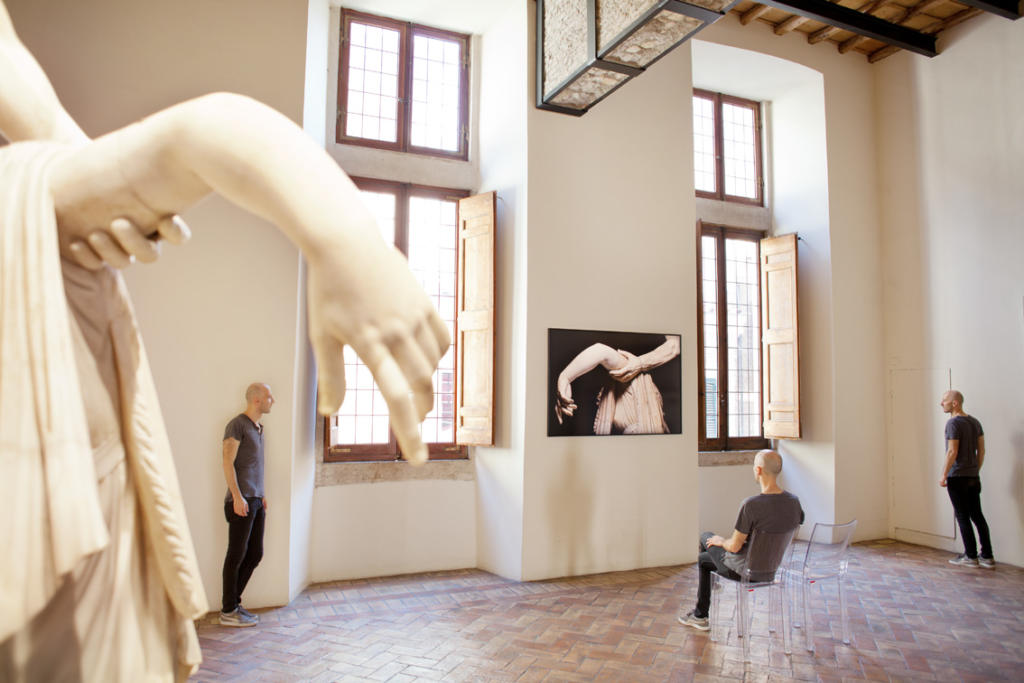 7. What do you love accomplish more through your shots and why?
7. What do you love accomplish more through your shots and why?
Reconcile with myself and find myself.
8. An artist who inspires you? Or you admire the most?
I love Constantine Brancusi, the sculptor. (Exposed now copies in the Museum Pompidou in Paris). The last years of his life, he spent in his studio all his time and two times in a year, he was to move his artworks, so depending on the season the light changed even ten degrees. He could not re-create (because he was old) but studied his work and light. So is the light and the direction of the artist’s work that make a real creation of the work. Everything changes depending on the light. But the artist who really love the most is Gustave Flaubert! Powerful and interesting finding inspiration from various artists themselves. One of his novels that I love is Salombo that begins: “C’était à Mégara, Faubourg de Carthage, dans les Jardins d’Hamilcar” if you analyze this sentence to three floors, there is a zoom in, zoom out and an intermediate visual level , I find it brilliant, as in a film today, this sentence sums it all up. If an arrival day, this would be ideal.
9. Explain how to realize your own work?
From vision to realization, it snaps to the stamp…
I work as an artist. (Not only as a pure photographer). There are many small moments; there is the study of perspective, space and finally the realization of the shot. Here at Palazzo Altemps is very classical exhibition, but I try to contextualize the work, and I always imagine the prospect of the images. There are three ways to show the photograph: the printing (which has several formats) design it (on the walls to see the material) and the last is with the publication in an artist’s book. From photography to tell stories this is my purpose.
10. Our time … what does it matter in the beauty works?
What I find extraordinary that beauty is beyond any constriction. The communication codes are totally out of reality. Today the newspapers talk about natural beauty but make us see only retouched images, there is a schizophrenia on exaggerated beauty. The mark of time is what makes us unique. I struggle in my job to say this, that you are beautiful because you are unique. If you want to be something else, you are no longer yourself. My pictures are unique and singular; I seek the scars and the weather. Roman Empire existed the realism and power gave her wrinkles. The role of the artist today is this. Confront. I try to educate people. In the photo of Jeanne Moreau, everyone tells me how many wrinkles but it is hard, I find beautiful with a big personality. She is so herself, always. In a Milan Kundera novel, there is a trading game and at the end, you say: I am, I am, I am, who is the ‘I’. I seek the identity of people. Be generous if you really want to see you. I am a bit psychoanalyzed through photos. With humans it is easy, with the statues is very difficult, I spend hours in the black, (the cover with the black’s towels around to not get distracted) until the same statue makes me winked and takes life, and it makes me cry his whole being. Ten hours of work can only do 2, 3 shots to the statues. It is long and difficult. The artist works with himself, it must be unique
11. The physical space influence your work?
Absolutely, I create site-specific projects. Game with the ego and self. I start from this place and after I create through the spaces, are the projects that I prefer. Every sense is different, every intellectual project starts from the head and then from the heart.
12. What would you give to your audience?
Regain his senses and reflect on the education of the look and analyze the image. I like to explain my works and my shows. I Like play with identity, playing with me and themselves. For me, the ideal is these are the keys of fun and express yourself museum. Knowing what one does and how. I wish the public would reflect and would use all the senses, like us from curious children of different, so bring even teach others. Mitterrand before leaving the place to the President as the last speech he said: “Soon I will not be here, because I believe in the power of the spirit.” (Everyone thought that was obvious because it left the place as President, instead he spoke of himself because he was dying, and no one knew). Reflect, what is an image…
13. How did you find Rome?
You want to return here in this city? I love Rome, here for the first in this exhibition are my photographic works, which include the works on display inside. Identical. There is a better way to let my critical note, as they really are the sculptures. An education in beauty. The manager told me that they are almost the most beautiful photos that the sculptures in reality. An education to the eye. Go to the other, a different vision of the world, because others are afraid to reach out. In 2000 years no one has taught us how to read images. I am trying. A strange thing about Rome is that here I am at home, as if some places are so familiar to me. I come back soon because I have other projects that I want to achieve in Italy. I come only twice a year, but I will come again.
In short China with two new exhibitions. Then here in Italy again I would like to produce. I would like to study the Middle Ages, along with historians. I want to create bridges between the past and the future, like a puzzle …
15. To end I always ask to meet the artists who … made a question that no one has ever asked you? (and you’d want to hear you ask ) and replay ...
This question is not easy, perhaps I would speak of the relationship with the father would say , I never knew my father and my mother threw all his photos after they disappeared …So the question is … why do I create images? Because the photography are fixed and never leave.
Olivier Roller (France, 1971)
lives and works in Paris. Invited by the Louvre Museum to photograph the most prestigious sculptures of ancient Rome, he created a new manner with a definitely contemporary bend to bring out the importance of the emperors portrayed. His research opened the doors of the most important museums worldwide such as the Musée du Louvre, the Musei Capitolini – Centrale Montemartini, the Museo Archeologico in Naples, the Museo Arquelógico in Seville and now the Museo Nazionale Romano in Palazzo Altemps. He has quickly become one of the most appreciated photographs of the sophisticated Parisian milieu and his works enrich several private collections and are part of the standing collections of the Museum of Contemporary Art of the Ville de Lyon and of the Maison Européenne de la Photographie.
Museo Nazionale Romano in Palazzo Altemps
OLIVIER ROLLER – IMMAGINE DI POTERE
curated by the gallerist: Guillaume Maitre and Paulo Pérez Mouriz
from 15th June to 17th July 2016
The exhibition consists of 18 photographs by Olivier Roller (France, 1971) 6 of which are based on sculptures exhibited in Palazzo Altemps while the others are based on the most important collections belonging to museums all over Europe, set in the rooms in a manner apt to create a dialogue with the museum’s standing collection.
By underlining a true and proper trait d’union between ancient art and contemporary photography the artist, through his ability to enhance the human aspect of the subjects portrayed deduced from the physiognomy of the face, shows them almost the way Suetonius managed to reach the same result, but with his writings.
“I am not looking for a light that illuminates as if coming out of the skin, but rather a light that lies gently on the person portrayed.” this is the aim of Olivier Roller whose production catches the eye for its extreme realism and the crudity of his objective. Born as portrait artist of important people in the world of politics, finance and fashion, he then became interested in Roman imperial sculpture investigated through a knowledgeable use of lights and shadows. “Portraying a person – Roller states –is like attacking a fortress and then conquering it.”
His works, born from his special sensitivity, are a visual analysis of the evolution of the image of power developed without a solution of continuity through the centuries. The most intimate aspect of the man in power, with his doubts, his frailness and the fears typical of human beings of all ages, emerges and stands out. The exhibition is organized by the Spazio Nuovo gallery and is sponsored by the Fondazione Nuovi Mecenati and by the St Regis Hotel, Rome.
For the press the exhibition may be visited Wednesday 15th June from 11a.m.to 1p.m. in the presence of the artist, the curators and the Museum authorities.
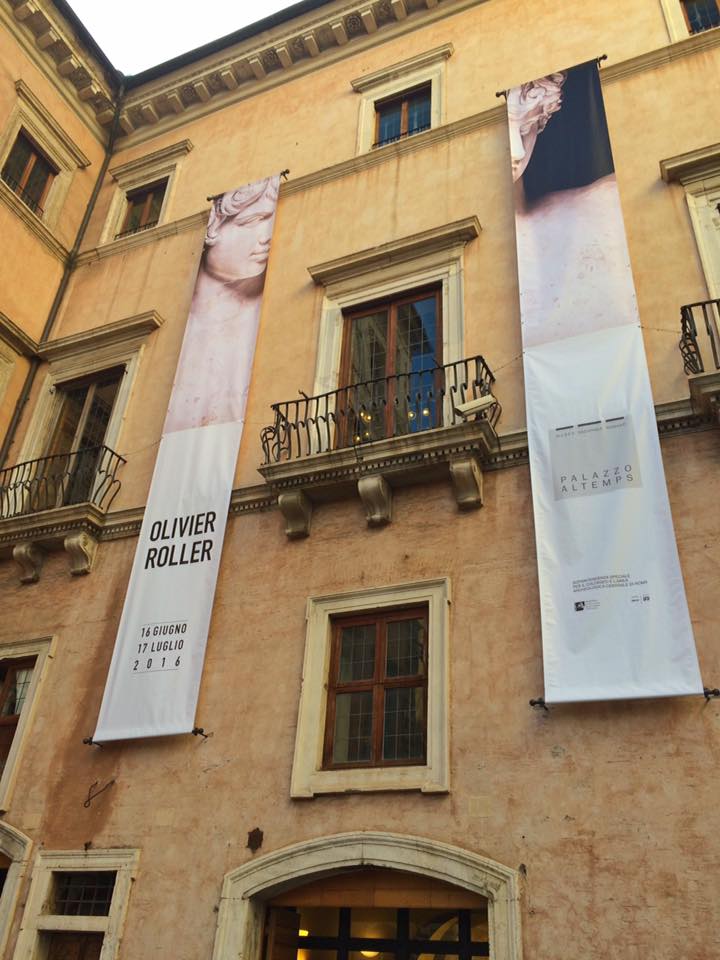 Museo Nazionale Romano in Palazzo Altemps
Museo Nazionale Romano in Palazzo Altemps
The Altemps building is situated between Piazza Navona and the Tiber and occupied the northern part of the area, which in the Roman age was called Campo Marzio and was near the Domiziano agonal circus. The present aspect of the palazzo (which has incorporated previous buildings) and its denomination are due to the Austrian cardinal Marco Sittico Altemps who bought it in 1568 and whose coat of arms represents an ibex surmounted by the cardinal’s hat and is often found in the architectural decorations. The building, designed for several different usages, diplomatic seat among them, was bought by the ministry for cultural heritage in 1982 and after a rigorous and accurate renovation it was opened to the public and destined to archaeological collections formed by Greek and Roman findings collected by the most famous Roman families between the sixteenth and seventeenth century. The most important nucleus is formed by the Boncompagni Ludovisi collection together with the Mattei, Del Drago, Pallavicini Rospigliosi and Altemps collections. The sculptures mostly come from local diggings that in the past were used as ornaments of the “horti”, that is the famous gardens where the rich Roman proprietors used to meditate. Mention must be made of the Egyptian sector that groups testimony of the Oriental cults introduced in Rome and Evan Gorga’s big collection recently formed with acquisitions from the antique market.
Practical information
Museo Nazionale Romano – Palazzo Altemps
Piazza di Sant’Apollinare, 46, Rome
Opening: Wednesday 15th June 2016 at 7p.m.
General organization: Spazio Nuovo Contemporary Art
Bookings: tel. (+39 )06 39967700 (Monday-Saturday 9a.m.-1.30p.m. and 2.30p.m.-5p.m.)
Hours
Open everyday from 9a.m. to 7.45p.m. Ticket office closes at 7p.m. Closed on Monday.
Tickets
Ticket for the Museo Nazionale Romano is also valid for: Palazzo Altemps, Palazzo Massimo, Crypta Balbi and Terme di Diocleziano. Ticket Euro 7,00. Reduced Euro 3,50
She is an independent curator, art advisor and international marketing management consultant. For more than 20 years, he has been a cultural designer of events related to contemporary art with particular attention to unusual spaces and interactions with other arts.
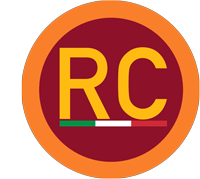
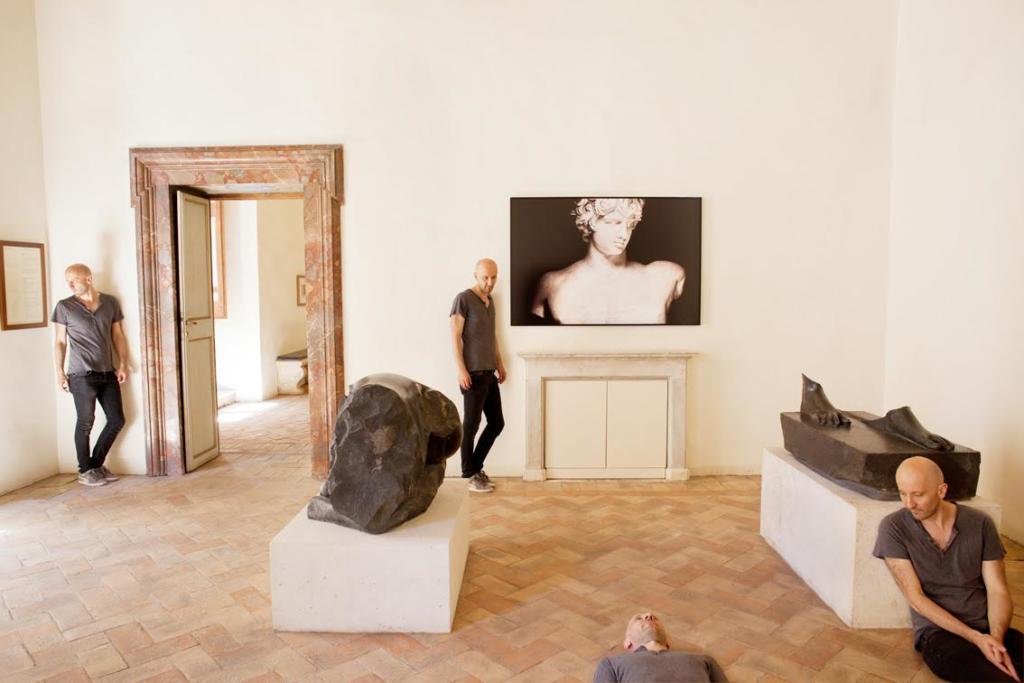
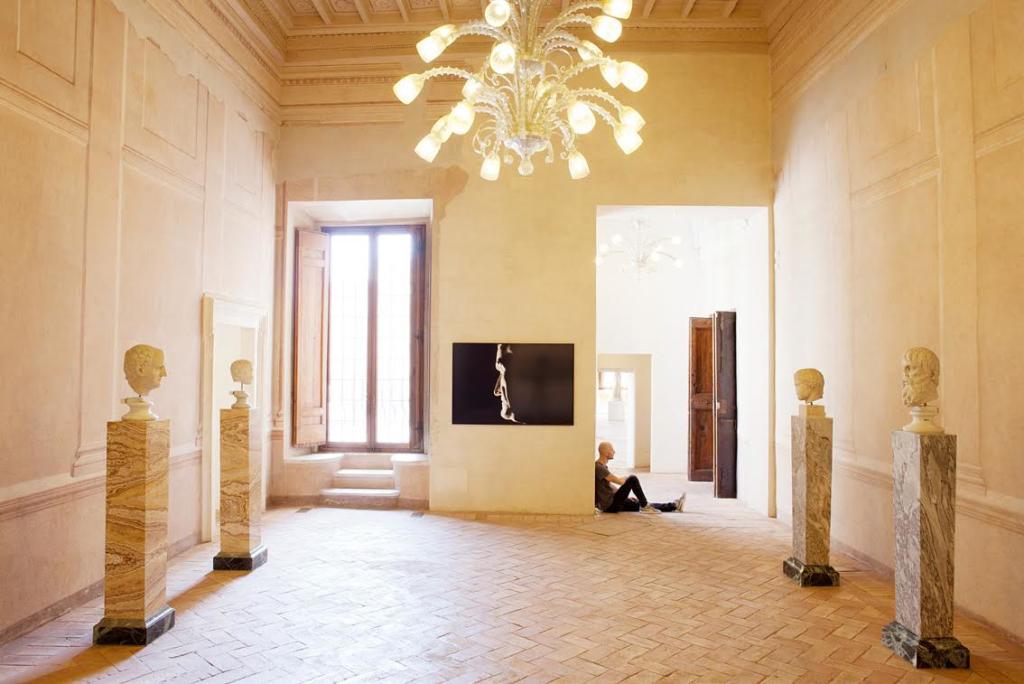
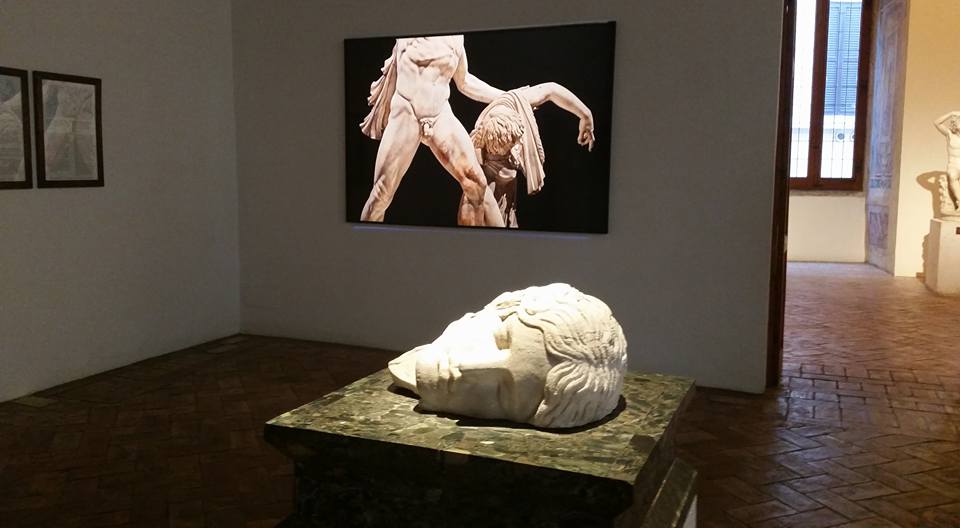
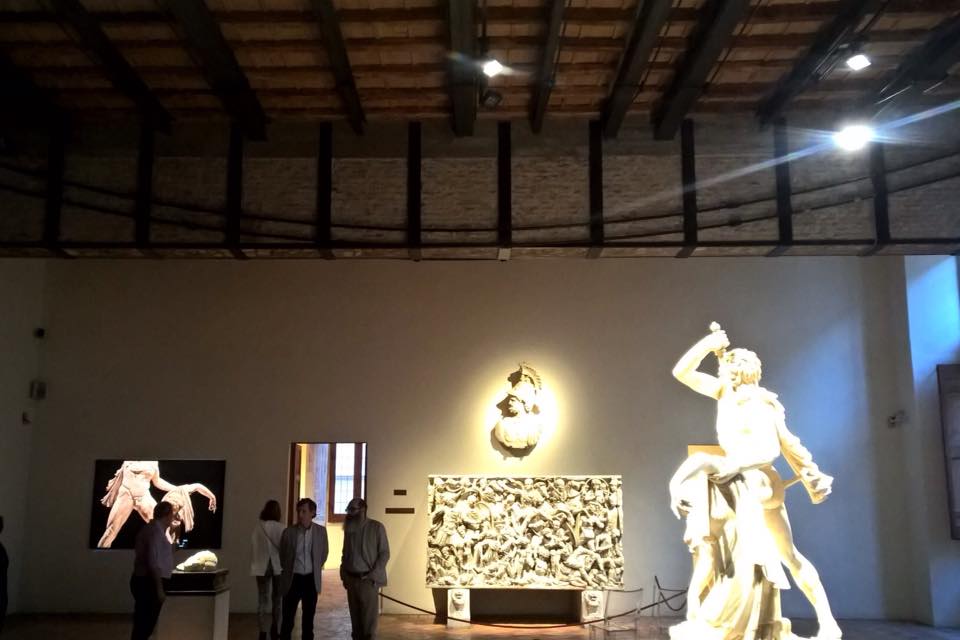
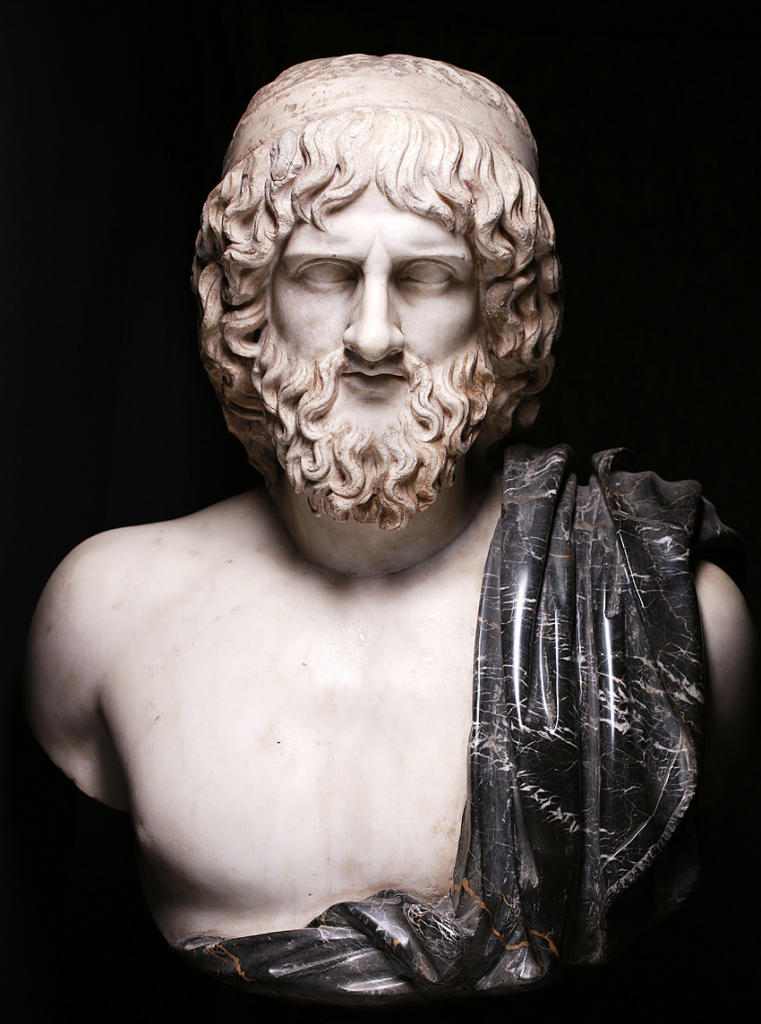
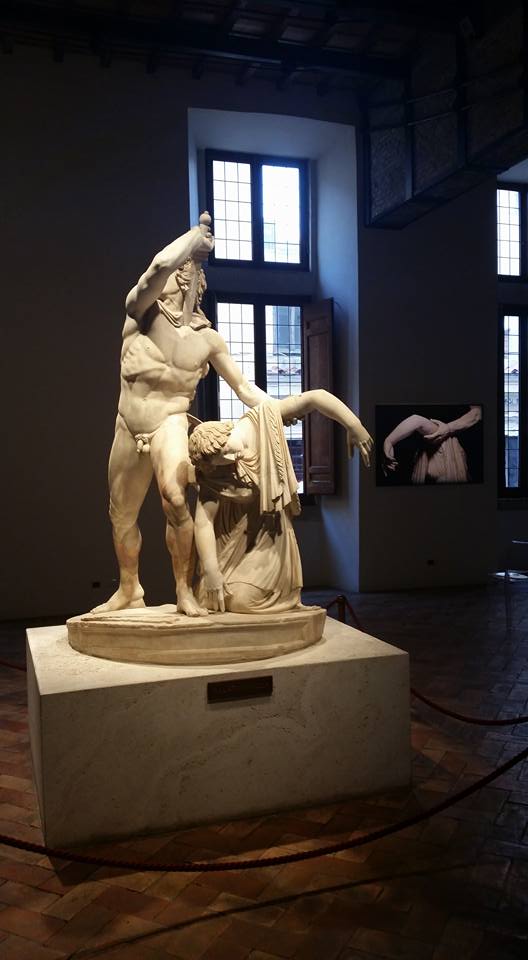
Interessante intervista a Olivier Roller, in occasione della mostra in corso al Museo Nazionale Romano in Palazzo… https://t.co/ZymUDRncY4